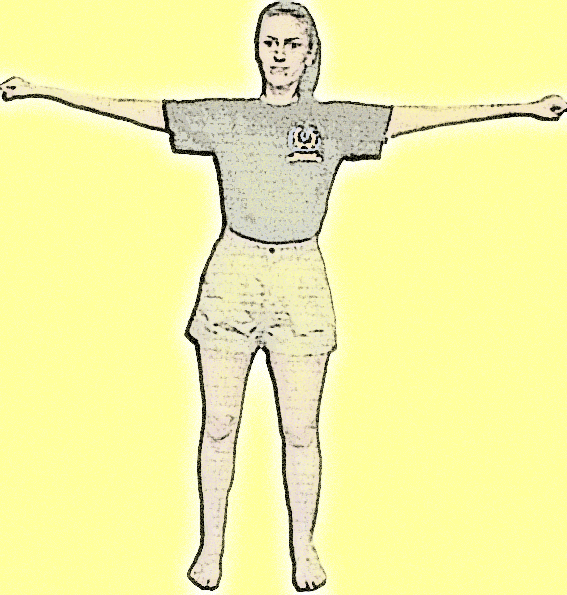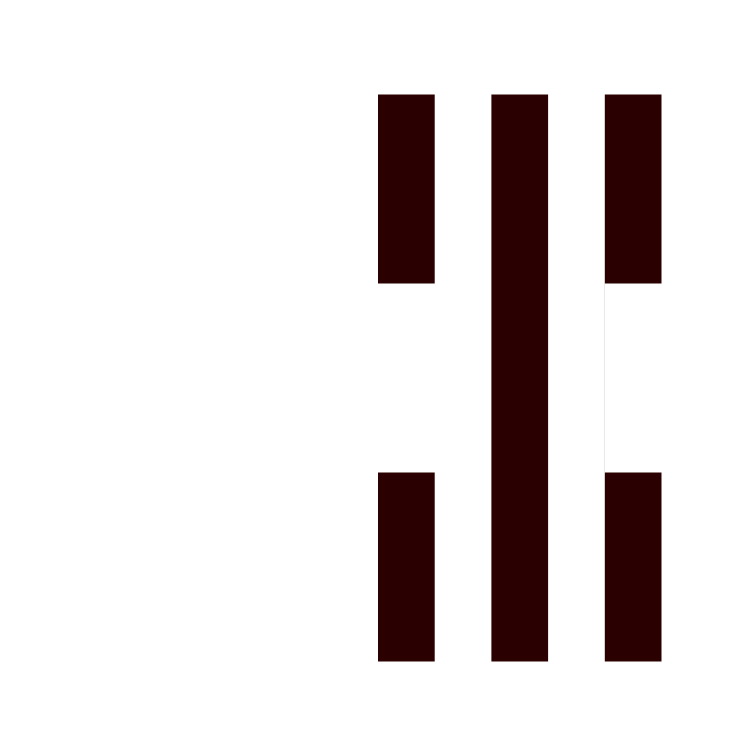


The solid and broken bars in the eight image tiles in the top navigation are called trigrams. The octagonal trigram pattern is a common symbol for the Chinese term Bagua. The pattern has eight (ba) areas (guas). "South" is always found at the top of the Bagua. Each trigram represents a particular natural phenomena: Sky ☰, Lake ☱, Fire ☲, Thunder ☳, Wind ☴, Water ☵, Mountain ☶, Earth ☷. If you click on a , it will take you to the corresponding taekwondo form page. Each form has a trigram which I describe scientifically and call scigrams. The animation in the middle of the tiles is supposed to represent a kicking woman. A tangram is a puzzle which originated in China. It is created out of seven flat polygons that can be put together to form shapes.
The movements are listed here so that you can see the Korean translation for some of the techniques by hovering over the green and pink highlighted text.
| Stance | Movements | Poom |
|---|---|---|
| ready stance | ||
| walking stance | Turn to the left 90° while executing left low block, walking stance, right middle punch while stepping forward right side in walking stance. | 1, 2 |
| walking stance | Turn to the right 180° while executing right low block, walking stance, left middle punch while stepping forward left side in walking stance. | 3, 4 |
| forward stance | Turn to the left 90°, forward stance, left low block, right middle punch, don't step forward. | 5, 6 |
| walking stance | Leave left foot anchored to the spot and turn 90° to the right, left inside block, step forward left side (leaving left arm in place) in walking stance, right middle punch. | 7, 8 |
| walking stance | Right foot anchored to the spot, turn 180° to the left, right inside block, step forward right side (leaving left arm in place) in walking stance, left middle punch. | 9, 10 |
| forward stance | Turn to the right 90°, forward stance, right low block, right arm should be over the right leg. Left middle punch, don't move forward. | 11, 12 |
| walking stance | Turn to the left 90°, left high block, right front kick (arm remains up), right middle punch in walking stance. | 13, 14 |
| walking stance | Turn to the right 180°, right high block, left front kick (arm remains up), left middle punch in walking stance. | 15, 16 |
| forward stance | Turn to the right 90°, left low block while stepping forward with left leg, right middle punch while stepping forward with right leg. | 17, 18 |
| parallel stance | Parot | Kuman |
| Learn just enough Hangeul to complete a crossword puzzle! | |
GO TO HANGEUL CROSSWORD PUZZLE | |
| PDF documents with taekwondo vocabulary in English, Hangeul, and transliterated Hangeul to download. I had a native Korean proofread the original documents and he corrected the Hangeul in red pen. | ||
| TKD Vocabulary: Korean to English | Vocabulary for Forms | TKD Vocabulary: English to Korean |
Lesson 1
Taegeuk Il Jang, New Techniques
| Stances | 서기, 굽이 | sogi, kubi |
| naranhi sogi | 나란히 서기 | parallel stance |
| oen /orun ap sogi | 왼 / 오른 앞 서기 | left/right front stance, walking stance |
| oen /orun ap kubi | 왼 / 오른 앞 굽이 | left/right forward stance - The feet are wider apart than for the front stance. |
| chunbi sogi | 준비 서기 | ready stance |
| charyot sogi | 차렷 서기 | attention stance |
| Punches, Strikes, Thrusts | 치기, 지르기 | chigi, chirugi |
| momtong pandae chirugi | 몸통 반대 지르기 | Trunk reverse punch - The sides of the forward leg and the punching arm are the same. |
| momtong paro chirugi | 몸통 바로 지르기 | Trunk straight punch - The side of the forward leg is opposite that of the punching arm. |
If the definitions of straight punch and reverse punch sound backwards to you, take a look at this Web page with an answer from Dr. Master Sang H. Kim about the difference between the two. |
||
| Blocks | 막기 | makki |
| arae makki | 아래 막기 | low block |
| palmok momtong arae makki | 팔목 몸통 아래 막기 | forearm middle low block |
| an makki | 안 막기 | inside block (from inside to outside) |
| pakkat palmok momtong anmakki | 바깥 팔목 몸통 안 막기 | outside forearm inside block |
| eul gool makki | 얼굴 막기 | high block |
| palmok eulgool makki | 팔목 얼굴 막기 | forearm high block |
| Kick | 차기 | chagi |
| ap chagi | 앞 차기 | front kick |
Mouse over the photo for body part words in romanized Korean. Some examples of various spellings (i.e., transliterations) you could find on the Web are also given.
